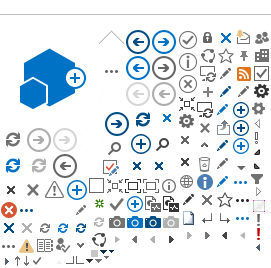 Day Craig
Day Craig (
6/10/2008 4:58 PM): From: (Under Goals)
The High Rate Uplink WG will have the following objectives:
1) Develop the functional and performance requirements for a CCSDS telecommand standard accommodating data rates up to 10 Mb/s by the year 2007. This work involves integrating the requirements within the following functional areas: RF & Modulation, Coding & Synchronization, and Link Layer protocols.
2) Develop two high rate uplink application profiles with respect to these requirements: One application profile for cislunar and the second for deep space.
3) Ensure that the solutions proposed by this WG provide backward compatibility to the installed CCSDS customer base utilizing the current RF& Modulation, TC Sync and Channel Coding and TC Space Data Link Protocol.
To: (under Goals)
The High Rate Uplink WG will have the following objectives:
1) Develop the functional and performance requirements for a CCSDS telecommand standard accommodating data rates up to 20 Mb/s for use by 2015. This work involves integrating the requirements within the following functional areas: RF & Modulation, Coding & Synchronization, and Link Layer protocols.
2) Develop three high rate uplink application profiles with respect to these requirements and where applicable including ranging:
2-1) Nominal HRU. Provide an application profile blue book for uplinks >= 250kbps and < 20 Mbps TBC (includes ranging)
2-2) Current Uplink. Provide an application profile for uplinks < 250Kbps and > 100 bps. (includes ranging)
2-3) Emergency Uplink: Provide an application profile blue book for uplinks < 100 bps.
3) Ensure that the solutions proposed by this WG provide backward compatibility to the installed CCSDS customer base utilizing the current RF& Modulation, TC Sync and Channel Coding and TC Space Data Link Protocol.


